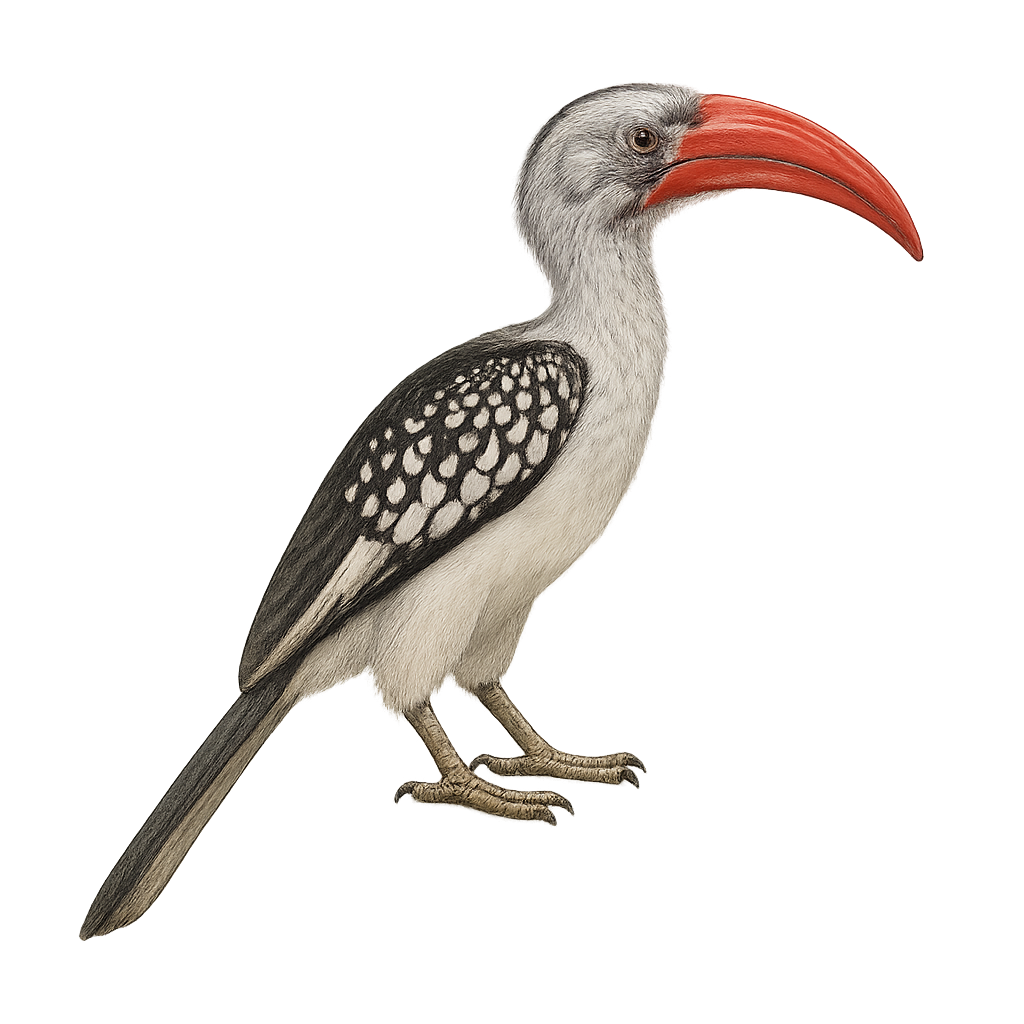Your wildlife photography guide.
Explore the red-billed hornbill in detail, study its behavior, prepare your shots.
Where to observe and photograph the red-billed hornbill in the wild
Learn where and when to spot the red-billed hornbill in the wild, how to identify the species based on distinctive features, and what natural environments it inhabits. The WildlifePhotographer app offers tailored photography tips that reflect the red-billed hornbill’s behavior, helping you capture better wildlife images. Explore the full species profile for key information including description, habitat, active periods, and approach techniques.
Red-billed Hornbill
Scientific name: Tockus erythrorhynchus

IUCN Status: Least Concern
Family: BUCEROTIDAE
Group: Birds
Sensitivity to human approach: Suspicious
Minimum approach distance: 10 m
Courtship display: September to December
Incubation: 23-25 jours
Hatchings: October to January
Habitat:
savannas, open woodlands, shrublands
Activity period :
Primarily active during the day, with peak activity in the morning and late afternoon.
Identification and description:
The Tockus erythrorhynchus, or red-billed hornbill, is an African bird known for its long, curved red bill. It measures about 42 to 50 cm in length and weighs between 120 and 170 grams. Its plumage is mainly gray with white spots on the wings and a black tail. This bird is often seen in small groups or pairs, feeding primarily on insects, small reptiles, and fruits. It is known for its social behavior and loud calls. The red-billed hornbill is a diurnal bird that prefers savannas, open woodlands, and shrublands. It plays an important role in the ecosystem by controlling insect populations.
Recommended lens:
400 mm – adjust based on distance, desired framing (portrait or habitat), and approach conditions.
Photography tips:
To photograph the red-billed hornbill, it is advisable to use a 400mm lens or longer to capture detailed images from a distance. These birds are often active during the day, providing good natural light conditions. Look for them in savannas and open woodlands, where they move in small groups. Be patient and discreet to avoid scaring them away. Use a tripod to stabilize your camera and achieve sharp images. Take advantage of moments when they are feeding or interacting socially to capture interesting behaviors.
The WildlifePhotographer App is coming soon!
Be the first to explore the best nature spots, track rutting seasons, log your observations, and observe more wildlife.
Already 1 431 wildlife lovers subscribed worldwide

